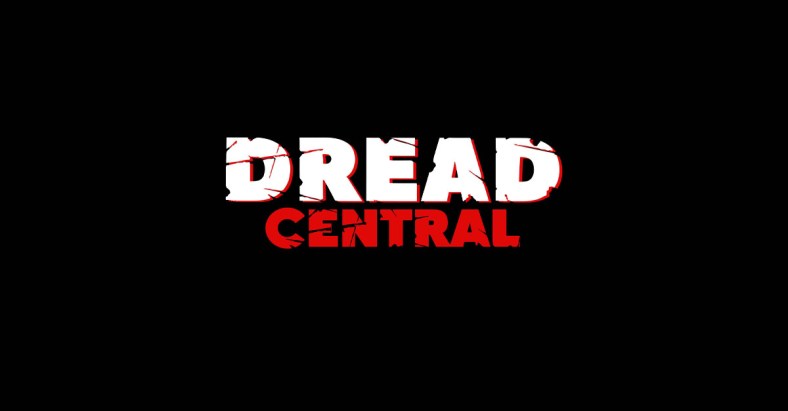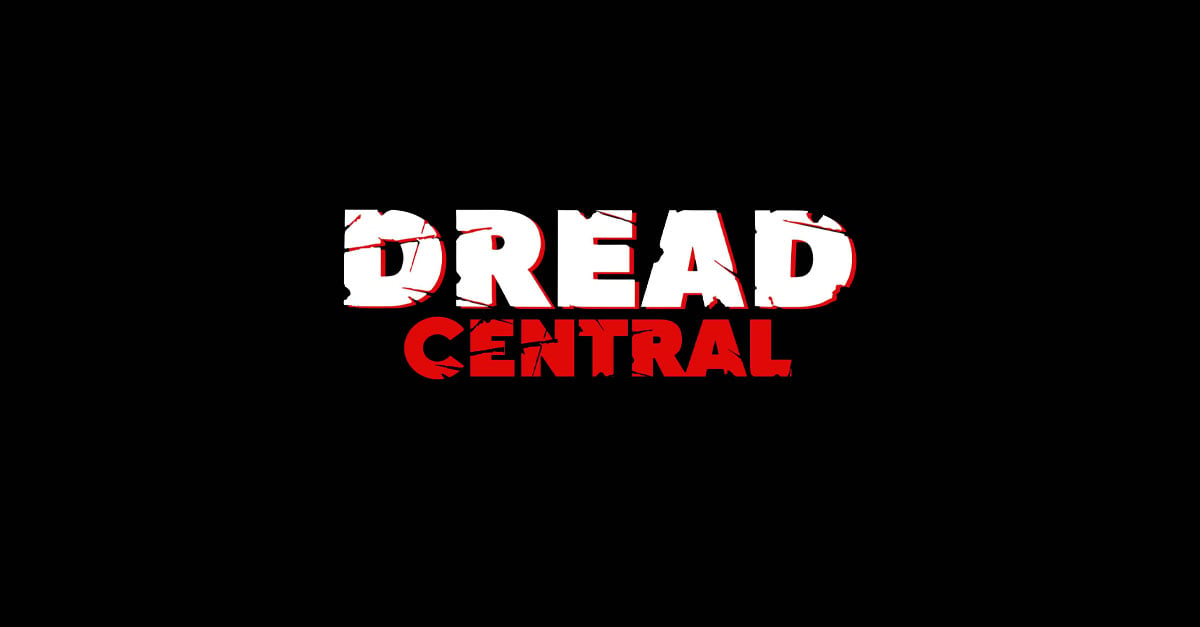Come Into Me’s Lonnie Nadler Shares His Favorite Body Horror Films

A couple of months ago, we ran an interview with writers Zac Thompson and Lonnie Nadler about their upcoming body horror comic mini-series Come Into Me, which will be published by Black Mask Studios in March. Featuring art by Piotr Kowalski, the comic, which is hailed as The Fly meets Eternal Sunshine of the Spotless Mind, is already making waves and drumming up serious interest. In fact, the two writers have built such a name for themselves that they’re currently writing a Marvel series around Cable (interview interview here).
In anticipation of the upcoming release of Come Into me, we got Nadler to share several of his favorite body horror films, the ones that helped inspire his writing of the upcoming comic series. You can read them below!
Also, make sure to follow Lonnie on Twitter here.
5. The Thing
The Thing is the ultimate paranoia film, dripping with the dread of what lies hidden beneath the surface. In this case, that surface is the body itself. Carpenter and co. explore the idea that everyone is in the constant process of becoming, of putting on a facade, that nobody is who they present themselves to be. The film revels in the metaphor that we can never truly, ontologically know what other people are like inside, and for that reason you can’t trust anyone but yourself, not even the dog. These heavy themes are amplified by the all male cast, and thus The Thing doubly works as a subtle commentary on masculinity. All these elements combine to create a pitch black movie that fires on all cylinders, from the still-spectacular special effects, to Ennio Morricone’s chilling score, to Carpenter’s taut direction. Like some other films on this list, The Thing was way ahead of its time, but thankfully its cultural impact can now be seen across mediums, in everything from “Stranger Things” to Dead Space to the Oats Studios short films. Few films, in any genre, achieve such a lasting influence.
4. Under the Skin
A lot of people wouldn’t consider Jonathan Glazer’s non-didactic, evocative masterpiece “body horror” in the traditional sense. It may not be in your face with gorey special effects or feature mutating bodies, but look no further than the film’s apt title to put things in perspective. Under the Skin not only refers to Glazer’s goal – to get under the audience’s skin – but also refers to his subject of exploration. He’s asking us to consider, “What does it ultimately mean to be human when you strip away all that flesh and sinew that binds us?” The result is a pervasive existential angst and a persistent haunting atmosphere that that’s impossible to escape, just like our bodies. What I love most Under the Skin is its obsession with the fragility of flesh, the ease with which our bodies can be spoiled. By constantly forcing us to confront images of literal vacant bodies, awkward sexual encounters, and “deformed” individuals, it forces the viewer to question these organic vessels that carry us around, and what remains underneath it all. Glazer’s answer? Perhaps it is nothing but an endless black void.
3. Eraserhead
Cliche as it may be, I’ll never forget the first time I saw Eraserhead. I was alone in my university dorm room at 1:00 AM. What proceeded was a ninety-minute fugue-state that forced me to question everything I knew about cinema. I’d seen a couple of Lynch movies before, but I’d never felt so privy to someone else’s unfiltered, thoughts, perversions and all. I knew immediately that the film had left a mark on me, and to this day it’s that exact feeling I seek when watching movies. From the baby’s ultimate transformation, to Henry’s unbearable repression, to the mutated cheeks of the sweet Lady in the Radiator, Lynch explores the crossroads between sexuality and the grotesque, between inner and outer worlds, twisting familiar images into something entirely uncanny. Though there are no shortage of theories about Eraserhead’s intended meaning, it remains an enigmatic film to this day because Lynch refuses to give answers. For me, Eraserhead has always been about the horror of the spaces we inhabit and the others we allow into those spaces – our homes, our minds, and our bodies. But it’s precisely that inimitable mysterious mood that Lynch has founded his career upon, and that gestating desire for answers makes his films all the more alluring.
2. Possession
Possession didn’t garner much attention inside or outside the American horror community until recent years. It was hard to get a hold of and it’s not exactly the easiest film to recommend given the three-and-a-half minute miscarriage scene. For all its oddities, at the core of Żuławski’s magnum opus is an age old tale of love and the monsters it creates. Possession examines how over the course of a romantic relationship we bond with another person, mentally and physically, until a point of dependency. We belong to them, and they to us. When relationships come to a halt, when we are physically torn apart and the drug is gone, it possesses your every thought and transforms you into a different person. It throws your entire world out of joint, and both parties act psychotically and irrationally. Żuławski externalizes all those horrible and complicated feelings that come with dying love in the most horrific of ways, and while it may be too bizarre or metaphysical for some, there are few films that capture the emotional and physical horrors of break ups like Possession.
1. Tie: The Fly / Videodrome / eXistenZ
These are the most quintessential of all body horror films in my mind. Truthfully, all of Cronenberg’s films should be on this list, and there’s no filmmaker who gave more to the genre than him. Cronenberg kept with horror for over two decades and his infatuation with the human body was apparent from his earliest films. What makes Cronenberg’s body of work stand out is his curiosity and refusal to abide by genre tropes. While gore or sexuality are staples of horror it’s abundantly clear that the viscera is not merely for the sake of it with Cronenberg, but rather a means to investigate deeper themes about how we interact with technology, each other, and our subconscious desires. While The Fly was almost immediately perceived as a genre-blending masterpiece, his other work, like Videodrome and eXistenZ, were largely panned upon release because the public didn’t understand what he was doing. How could they? Nothing like it had ever been seen before. Cronenberg was operating way ahead of his time, using his art and twisted imagery in attempt to understand how humans might physically engage with technology, with the future, each other, and how that could lead to either the evolution or the degeneration of the species. Cronenberg understands better than anyone that the basis of humanity is that we exist as physical beings and yet we have an innate desire to be more than that.







